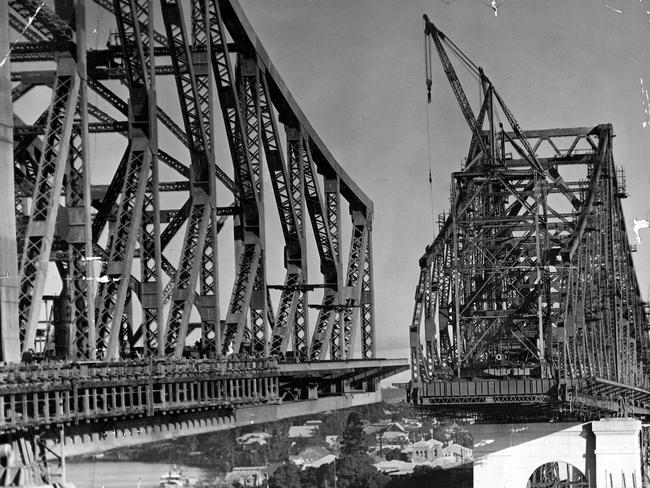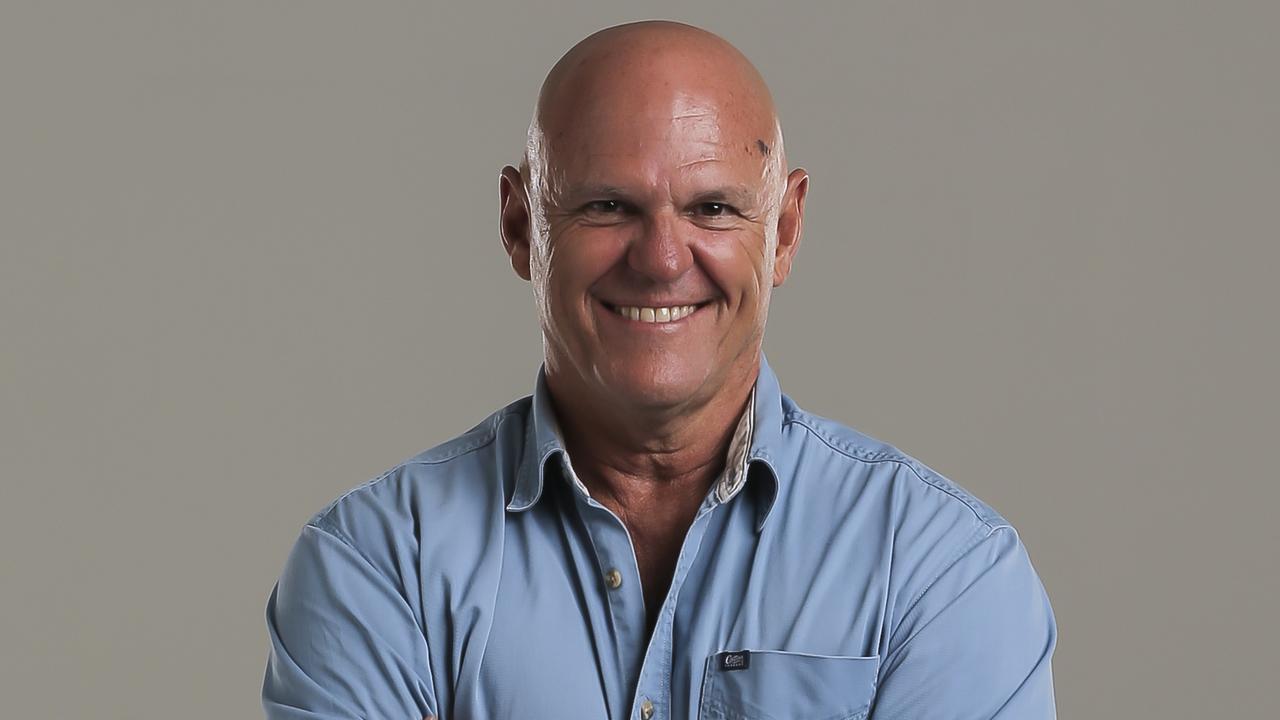Opinion: Dam building the key to drought-proofing
PRIME ministers can’t make it rain, but they can do the next best thing to protect the nation from drought, writes Matt Canavan.
Opinion
Don't miss out on the headlines from Opinion. Followed categories will be added to My News.
AUSTRALIA has had five prime ministers since Longreach last saw a proper wet.
Prime ministers can’t make it rain, but they can build dams that help us store water in wetter areas to relieve drier areas.
Not all of Queensland is in drought. Last year the small town of Kowanyama on Cape York recorded just under its average annual rainfall. On average the Mitchell River, which flows near Kowanyama, has the largest annual streamflow of any river in northern Australia.
To put that in context, the Mitchell River’s flows are about half that of the entire Murray-Darling system, even though the Mitchell is less than 10 per cent of the size of the Murray-Darling. Yet unlike the Murray-Darling, there is no major water infrastructure that can help store water for later use in the Cape.
The Liberal National Federal Government is the first for a generation that is building dams to drought-proof our country and grow our farming sector. We have already invested $580 million in dams around Australia, and we have established a $2 billion fund to build more.

As part of our plan we have asked the CSIRO to conduct major assessments of selected northern rivers. Today, the CSIRO releases its ground breaking reports on the potential of the Mitchell River in the Cape, as well as the Darwin catchment in the Northern Territory and the Fitzroy River in Western Australia.
Across those three catchments the CSIRO has identified 390,000ha of land that could be irrigated to create over 15,000 jobs. Australia only irrigates about two million hectares at the moment.
This is the most exciting agricultural opportunity in Queensland since the construction of the Burdekin Dam in the 1980s.
The CSIRO identifies four dams that could be built in the Mitchell catchment in north Queensland. These dams could deliver over five times the volume of Sydney Harbour in over eight out of every 10 years. That is enough water to irrigate 140,000ha of farms, generating $720 million in farm produce and 7250 jobs.
The proposed Pinnacles Dam is the most exciting opportunity. It would cost $755 million, less than a fifth of the inner-city Brisbane Cross River rail project, and would be the biggest dam in Queensland at 2316Gl.

There is a lot more work to do. Any proposed development must involve full participation of the traditional owners. For too long we have shamefully denied our First Australians the full economic opportunities of other Australians. Recently the Queensland Labor Government ignored the pleas of indigenous Australians and has taken away their right to develop their own land, including for irrigation opportunities.
The craven buckling of the current Labor Government to the Greens’ agenda on native vegetation makes it more difficult to develop Queensland’s farming potential. That especially hurts those parts of the state that have not been developed like in the Cape, where over half the population is Aboriginal.
This is a real test for the Labor Party. Are they on the side of indigenous Australians or the Greens? So many Labor politicians like to parade their conscience by starting speeches recognising the traditional owners on the land on which we meet. For me, their pleas too often sound like St Augustine’s refrain, “Lord, make me chaste, but not yet!”

We will face the usual whining from the hypocritical and narrow-minded green activists. They will pontificate from the salons of West End about the evils of irrigated agriculture, in between mouthfuls of smashed avocado. They should be politely ignored, because they know nothing about farming, even though they still want to eat the best produce all year round.
The proper harnessing of our northern rivers was a yet-unfulfilled dream of our pioneers. Visionary men like John Bradfield (the designer of the Sydney Harbour and Story bridges) wanted to turn the northern rivers inland to drought-proof the country. However Australia’s landscape does not provide the necessary high mountain ranges that would allow gravity to transport water long distances.
What makes more sense is to use the water where it falls. If we do that, the resulting cottonseed, molasses, grain and hay could be trucked to our drought-affected areas. We will never completely remove the devastation of drought from our continent but we can reduce its impact by storing more water.
We would should take this opportunity to build our nation, create a bright future for indigenous Australians and make our country less exposed to the extremes of droughts and flooding rains.
Matt Canavan is a Queensland senator and Minister for Resources and Northern Australia


